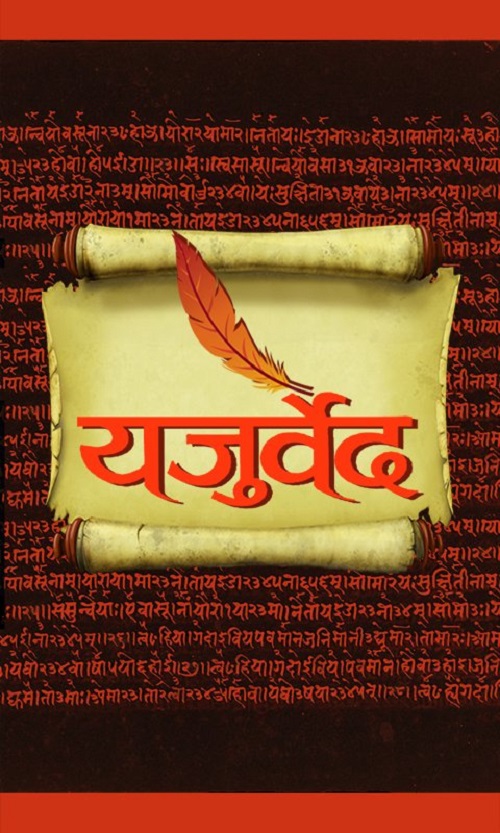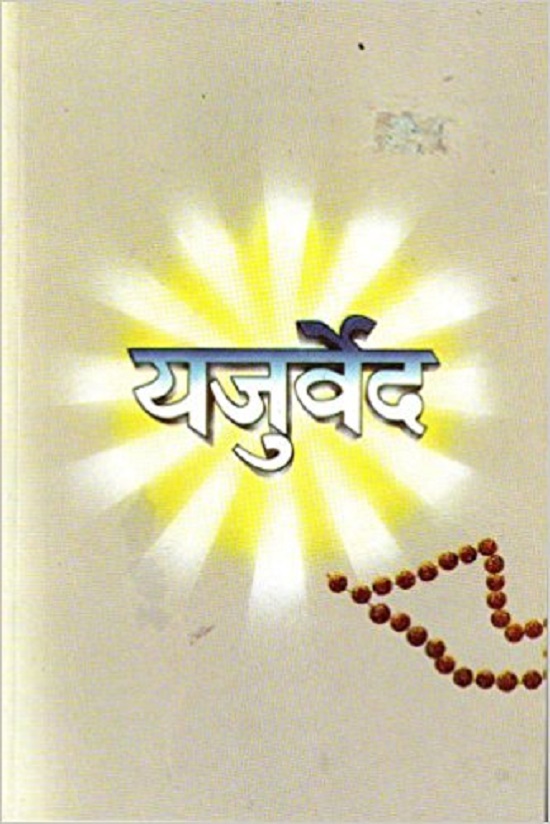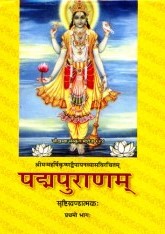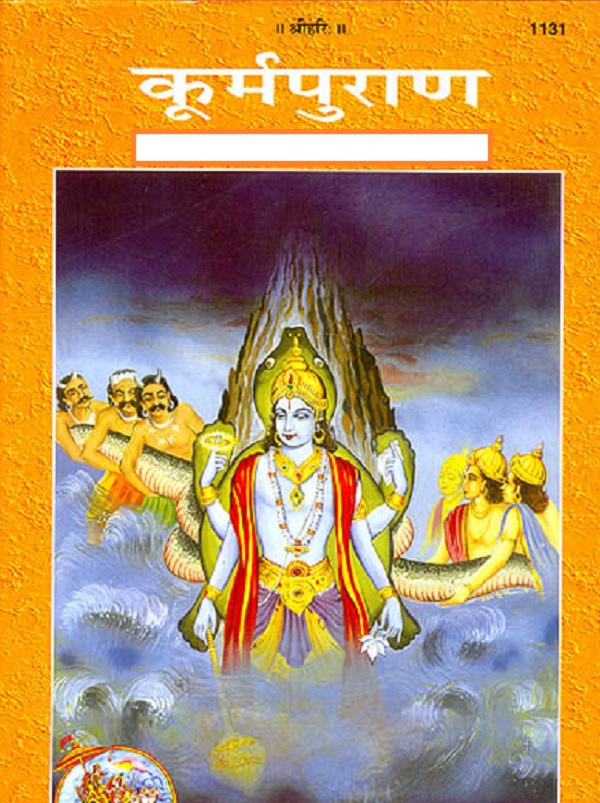यजुर्वेद
यजुर्वेद हिन्दू धर्म का एक महत्त्वपूर्ण श्रुति धर्मग्रन्थ और चार वेदों में से एक है। इसमें यज्ञ की असल प्रक्रिया के लिये गद्य और पद्य मन्त्र हैं। ये हिन्दू धर्म के चार पवित्रतम प्रमुख ग्रन्थों में से एक है और अक्सर ऋग्वेद के बाद दूसरा वेद माना जाता है – इसमें ऋग्वेद के ६६३ मंत्र पाए जाते हैं। फिर भी इसे ऋग्वेद से अलग माना जाता है क्योंकि यजुर्वेद मुख्य रूप से एक गद्यात्मक ग्रन्थ है। यज्ञ में कहे जाने वाले गद्यात्मक मन्त्रों को ‘’यजुस’’ कहा जाता है। यजुर्वेद के पद्यात्मक मन्त्र ॠग्वेद या अथर्ववेद से लिये गये है। इनमें स्वतन्त्र पद्यात्मक मन्त्र बहुत कम हैं। यजुर्वेद में दो शाखा हैं : दक्षिण भारत में प्रचलित कृष्ण यजुर्वेद और उत्तर भारत में प्रचलित शुक्ल यजुर्वेद शाखा।
यजुस के नाम पर ही वेद का नाम यजुस+वेद(=यजुर्वेद) शब्दों की संधि से बना है। यज् का अर्थ समर्पण से होता है। पदार्थ (जैसे ईंधन, घी, आदि), कर्म (सेवा, तर्पण ), श्राद्ध, योग, इंद्रिय निग्रह इत्यादि के हवन को यजन यानि समर्पण की क्रिया कहा गया है।
इस वेद में अधिकांशतः यज्ञों और हवनों के नियम और विधान हैं, अतःयह ग्रन्थ कर्मकाण्ड प्रधान है। यजुर्वेद की संहिताएं लगभग अंतिम रची गई संहिताएं थीं, जो ईसा पूर्व द्वितीय सहस्राब्दि से प्रथम सहस्राब्दी के आरंभिक सदियों में लिखी गईं थी। इस ग्रन्थ से आर्यों के सामाजिक और धार्मिक जीवन पर प्रकाश पड़ता है। उनके समय की वर्ण-व्यवस्था तथा वर्णाश्रम की झाँकी भी इसमें है। यजुर्वेद संहिता में वैदिक काल के धर्म के कर्मकाण्ड आयोजन हेतु यज्ञ करने के लिये मंत्रों का संग्रह है। इनमे कर्मकाण्ड के कई यज्ञों का विवरण हैः
अग्निहोत्र
अश्वमेध
वाजपेय
सोमयज्ञ
राजसूय
अग्निचयन
ऋग्वेद के लगभग ६६३ मंत्र यथावत् यजुर्वेद में मिलते हैं। यजुर्वेद वेद का एक ऐसा प्रभाग है, जो आज भी जन-जीवन में अपना स्थान किसी न किसी रूप में बनाये हुऐ है। संस्कारों एवं यज्ञीय कर्मकाण्डों के अधिकांश मन्त्र यजुर्वेद के ही हैं।
In English
The Yajurveda is the Veda of prose mantras. An ancient Vedic Sanskrit text, it is a compilation of ritual offering formulas that were said by a priest while an individual performed ritual actions such as those before the yajna fire. Yajurveda is one of the four Vedas, and one of the scriptures of Hinduism. The exact century of Yajurveda’s composition is unknown, and estimated by scholars to be around 1200 to 1000 BCE, contemporaneous with Samaveda and Atharvaveda.
The Yajurveda is broadly grouped into two – the “black” (Krishna) Yajurveda and the “white” (Shukla) Yajurveda. The term “black” implies “the un-arranged, unclear, motley collection” of verses in Yajurveda, in contrast to the “white” which implies the “well arranged, clear” Yajurveda. The black Yajurveda has survived in four recensions, while two recensions of white Yajurveda have survived into the modern times.
The earliest and most ancient layer of Yajurveda samhita includes about 1,875 verses, that are distinct yet borrow and build upon the foundation of verses in Rigveda. The middle layer includes the Satapatha Brahmana, one of the largest Brahmana texts in the Vedic collection. The youngest layer of Yajurveda text includes the largest collection of primary Upanishads, influential to various schools of Hindu philosophy. These include the Brihadaranyaka Upanishad, the Isha Upanishad, the Taittiriya Upanishad, the Katha Upanishad, the Shvetashvatara Upanishad and the Maitri Upanishad.
[YUMPU epaper_id=”3″ width=”512″ height=”384″]








There are no reviews yet.